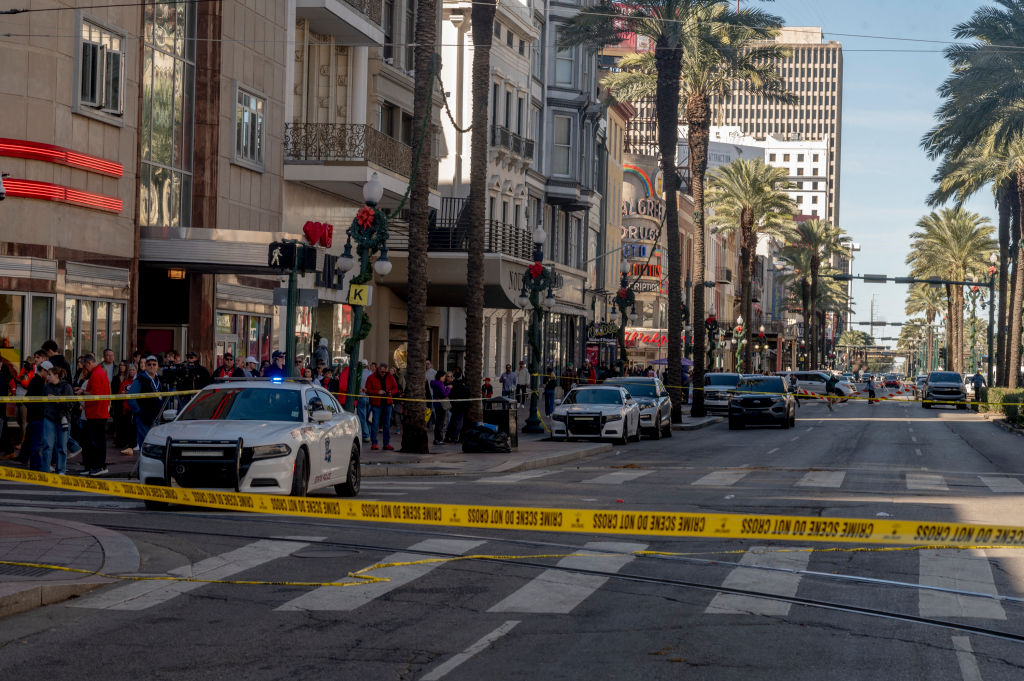Forecasters through the U.S. issued warnings that another round of winter weather could complicate travel leading up to the Thanksgiving holiday, while California and Washington state continue to recover from storm damage and power outages.
In California, where a person was found dead in a vehicle submerged in floodwaters on Saturday, authorities braced for more precipitation while grappling with flooding and small landslides from a previous storm.
The National Weather Service office in Sacramento, California, issued a winter storm warning for the state's Sierra Nevada for Saturday through Tuesday, with heavy snow expected at higher elevations and wind gusts potentially reaching 55 mph (88 kph). Total snowfall of roughly 4 feet (1.2 meters) was forecast, with the heaviest accumulations expected Monday and Tuesday.
The Midwest and Great Lakes regions will see rain and snow Monday and the East Coast will be the most impacted on Thanksgiving and Black Friday, forecasters said.
We've got the news you need to know to start your day. Sign up for the First & 4Most morning newsletter — delivered to your inbox daily. >Sign up here.
A low pressure system is forecast to bring rain to the Southeast early Thursday before heading to the Northeast. Areas from Boston to New York could see rain and breezy conditions, with snowfall possible in parts of northern New Hampshire, northern Maine and the Adirondacks. If the system tracks further inland, there could be less snow and more rain in the mountains, forecasters said.
“The system doesn’t look like a powerhouse right now,” Hayden Frank, a meteorologist with the National Weather Service in Massachusetts, said Sunday. “Basically, this is going to bring rain to the I-95 corridor so travelers should prepare for wet weather. Unless the system trends a lot colder, it looks like rain.”
Frank said he isn't seeing any major storm systems arriving for the weekend anywhere in the country so travelers heading home Sunday can expect good driving conditions. Temperatures, however, will get colder in the East while warming up out West.
U.S. & World
The day's top national and international news.
Deadly 'bomb cyclone’ on West Coast
Earlier this week, two people died when the storm arrived in the Pacific Northwest. Hundreds of thousands lost power, mostly in the Seattle area, before strong winds moved through Northern California. A rapidly intensifying “ bomb cyclone ” that hit the West Coast on Tuesday brought fierce winds that resulted in home and vehicle damage.
Rescue crews in Guerneville, California, recovered a body inside a vehicle bobbing in floodwaters around 11:30 a.m. Saturday, Sonoma County Sheriff’s Deputy Rob Dillion said, noting the deceased was presumed to be a victim of the storm but an autopsy had not yet been conducted.
Santa Rosa, California, saw its wettest three-day period on record with about 12.5 inches (32 centimeters) of rain by Friday evening, the National Weather Service in the Bay Area reported. Vineyards in nearby Windsor, California, were flooded on Saturday.
Tens of thousands without power in Seattle area
About 36,000 people in the Seattle area were still without electricity after this season’s strongest atmospheric river, a long plume of moisture that forms over an ocean and flows over land.
Northeast gets needed precipitation
Another storm brought rain to New York and New Jersey, where rare wildfires have raged in recent weeks, and heavy snow to northeastern Pennsylvania. The precipitation was expected to help ease drought conditions after an exceptionally dry fall.
“It’s not going to be a drought buster, but it’s definitely going to help when all this melts,” said Bryan Greenblatt, a National Weather Service meteorologist in Binghamton, New York.
Heavy snow fell in northeastern Pennsylvania, including the Pocono Mountains. Higher elevations reported up to 17 inches (43 centimeters), with lesser accumulations in valley cities including Scranton and Wilkes-Barre. Around 35,000 customers in 10 counties are still without power, down from 80,000 a day ago.
Precipitation in West Virginia helped put a dent in the state’s worst drought in at least two decades and boosted ski resorts preparing to open their slopes in the weeks ahead.
___
Associated Press writer Claire Rush in Portland, Oregon, contributed to this report.



